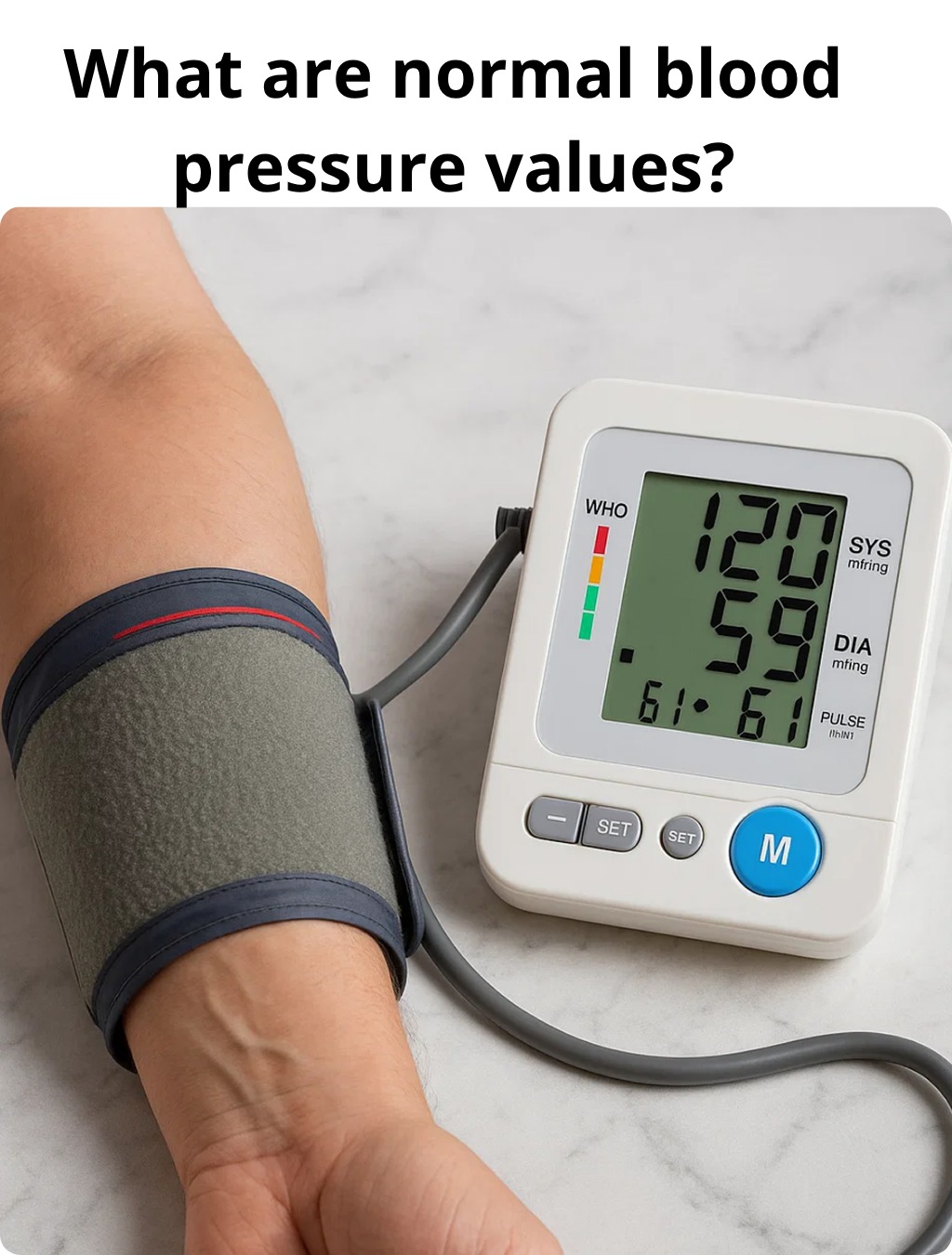Medical organizations have updated their guidelines in recent years. New guidelines now define high blood pressure for all adults as 130/80 millimeters of mercury (mm Hg) or higher, with lowering the threshold for treatment found to give greater protection against heart attacks and strokes. This represents a significant change from previous standards that often considered readings below 140/90 mmHg as acceptable.
Factors That Influence Blood Pressure
Blood pressure naturally varies throughout the day and can be influenced by numerous factors including age, physical activity, stress levels, diet, and overall health status. Values above 140/90 are considered as high blood pressure or hypertension, according to World Health Organization standards.
Age and Blood Pressure Considerations
While the basic definition of normal blood pressure remains consistent across age groups, healthcare providers may consider slightly different target ranges for certain populations. The initial default systolic BP treatment target is 120 to 129 mm Hg; however, relaxed targets are recommended in case of treatment intolerance, adults ≥85 years, symptomatic orthostasis, moderate-to-severe frailty, or limited life expectancy.
Importance of Regular Monitoring
Regular blood pressure monitoring is crucial for maintaining cardiovascular health. The World Health Organization emphasizes that everyone should maintain healthy blood pressure levels, particularly after age 45. Early detection of elevated blood pressure allows for timely intervention through lifestyle modifications or medical treatment when necessary.
Taking Action
If your blood pressure readings consistently fall outside the normal range, it’s important to consult with a healthcare provider. They can help determine the underlying causes and recommend appropriate treatment strategies, which may include dietary changes, increased physical activity, stress management techniques, or medication when necessary.
Understanding these blood pressure values empowers you to take an active role in monitoring your cardiovascular health and making informed decisions about your wellness journey.

